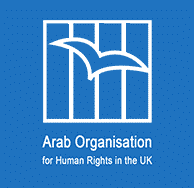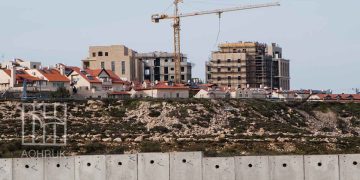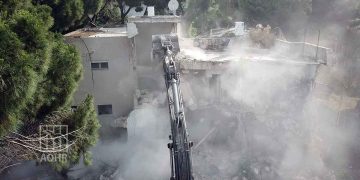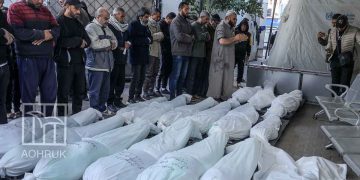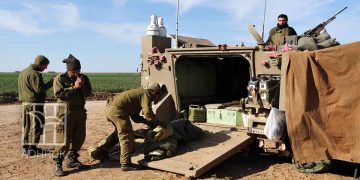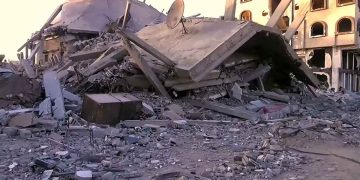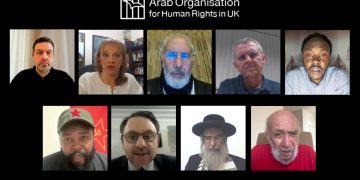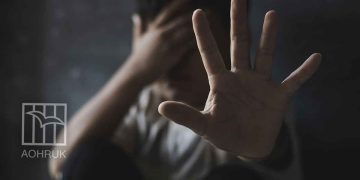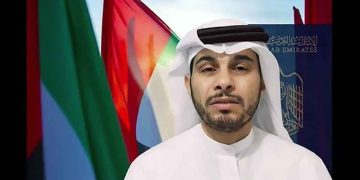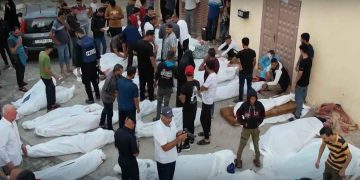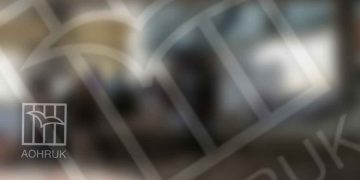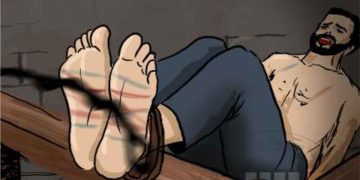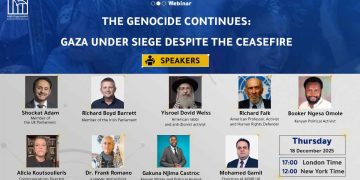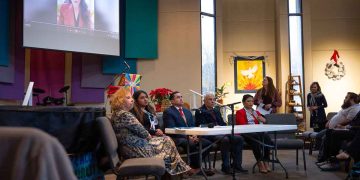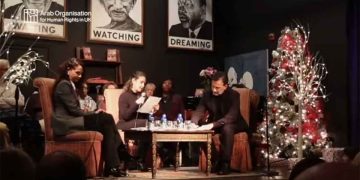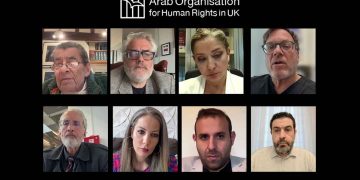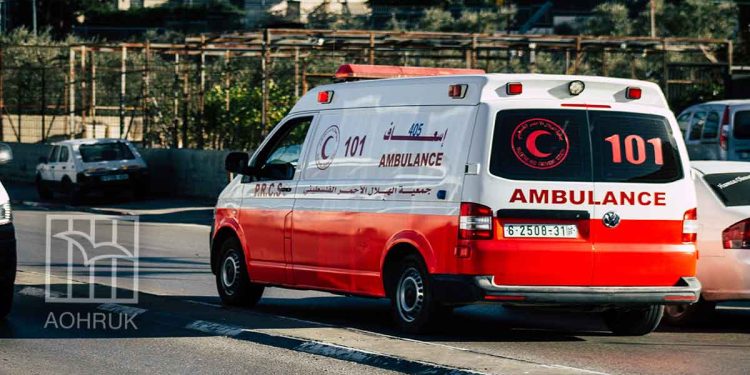Palestinian towns within the 1948 territories are witnessing an unprecedented escalation in killing crimes, as shootings and assassinations have become almost daily, amid complete absence of any serious measures by the Israeli occupation police to confront this phenomenon.
The latest of these crimes is the killing of the young man Alaa Tawafra, 18, inside his home in Wadi al-Hamam town, near Tiberias. This brings the number of death toll to over 38 since the beginning of 2025. The numbers also includes two women and three young men who were killed by police bullets.
While the Israeli occupation claims to confront violence; the numbers reveal deliberate neglect and clear compliance with criminal gangs that operate freely in Palestinian society within the 1948 territories. Last year, the number of killings reached 221 crimes, which increased in 2023 to 222 crimes. This is an unprecedented rate that indicates a real crisis that is part of the occupation’s policies towards the Palestinians inside.
Human rights activists confirm that the spread of crime in Palestinian society inside the Green Line is not just a criminal phenomenon, but rather part of an Israeli strategy aimed at dismantling Palestinian society and destabilizing its internal structure.
Lod Mayor Yair Revivo asserts that there is a deliberate plan to reduce the number of Palestinians by igniting internal violence, saying that “Israel has decided to implement Trump’s plan but in an advanced way: reduce the number of Arab residents, and instead of direct displacement that causes a lot of headaches, we allow them to kill each other, and in this way we get rid of them.”
This dangerous statement, although shocking, is in line with what the Palestinians experience on a daily basis, where hundreds are killed every year without the police doing anything. On the contrary, security personnel are often accused of colluding with gangs or even covering them.
According to international law, states have a responsibility to protect all its residents without discrimination, but in the Israeli case, racial discrimination in dealing with crime is clearly evident. However, this is not the case when crimes occur in Jewish neighbourhoods, where security forces move very quickly, and prosecution and arrests are carried out within hours, unlike when crimes in Palestinian society are left without real investigations, which allows gangs to spread and expand their influence.
According to human rights sources, the percentage of cases resolved in crimes committed within Palestinian society does not exceed 20%, compared to more than 70% in Jewish neighbourhoods. This percentage reflects a clear policy of abandoning Palestinians and leaving them in a cycle of systematic violence.
These crimes are part of the policies of discrimination and marginalisation practiced by the occupation authorities for decades against Palestinians in the 1948 territories. It includes discrimination in planning and construction, depriving of resources, and imposing restrictions on civil and civil institutions trying to resolve this crisis.
In the absence of any actual measures by the occupation authorities to stop the bloodshed in Palestinian society in the 1948 territories, crimes continue to spread as a tool to dismantle the social fabric, amid systematic complicity that entrenches the policy of neglect and marginalisation, leading to more victims and suffering.
